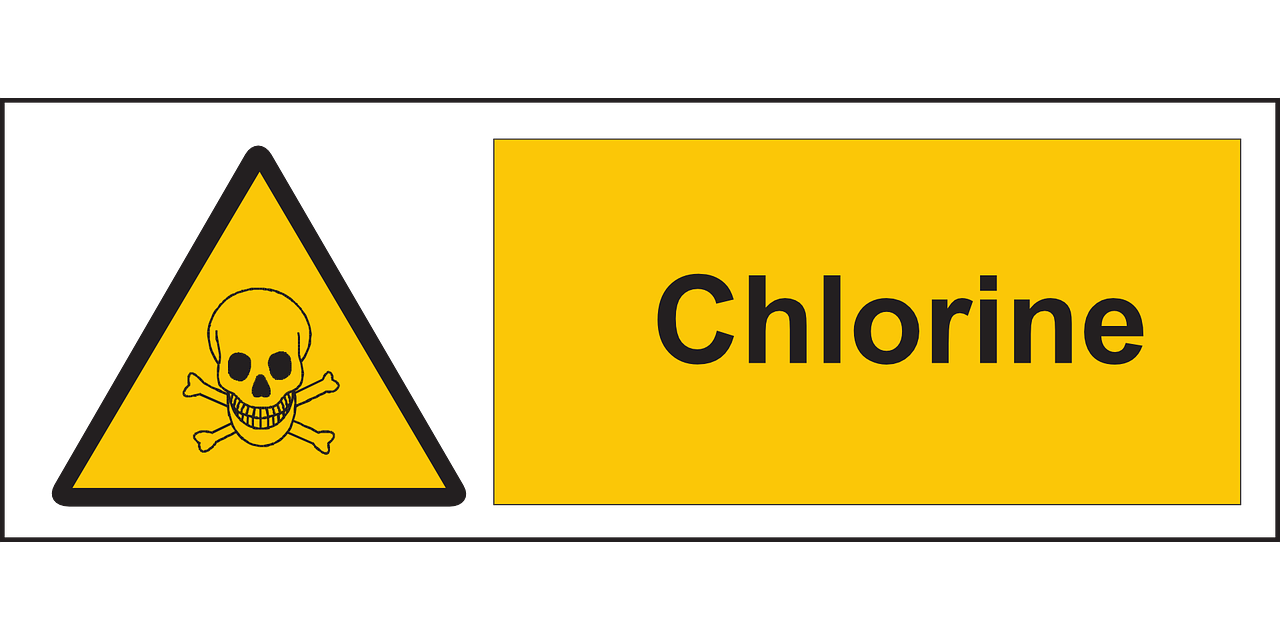News release
From:
Expert Reaction
These comments have been collated by the Science Media Centre to provide a variety of expert perspectives on this issue. Feel free to use these quotes in your stories. Views expressed are the personal opinions of the experts named. They do not represent the views of the SMC or any other organisation unless specifically stated.
Professor Ian Rae is an expert on chemicals in the environment from the School of Chemistry at the University of Melbourne. He was also an advisor to the United Nations Environment Programme on chemicals in the environment and is former President of the Royal Australian Chemical Institute
The reference to 'chlorine' in the statement by emergency workers is to what we commonly refer to as 'pool chlorine', that comes in a solid or liquid form. 'Pool chlorine' is not the poisonous chlorine gas but it can generate that gas if it becomes mixed with hydrochloric acid.
'Pool chlorine' provides disinfection in the pool by suppressing the growth of microorganisms. Hydrochloric acid is often used to clean scum off the pool tiles but it should be kept well clear of 'pool chlorine'. Unfortunately, 'pool chlorine' and hydrochloric acid are often stored together at the swimming pool. They should never be mixed but it's easy to see how a mistake can be made.
The chlorine gas can flow through buildings. If it is generated near an air-conditioning intake it can be swept into rooms far from where the mistake occurred.
Chlorine gas is extremely irritating to eyes and lungs. It was used notoriously in World War 1 and more recently as a chemical weapon in the Middle East. It has a choking smell and it produces rapid symptoms of irritation, so exposed people are likely to fear the worst, even if they have been exposed to just a little of the gas. The effects depend on how much of the gas people have been exposed. It's a scary experience, and medical attention is urgently needed.



 Australia; NSW; VIC
Australia; NSW; VIC


